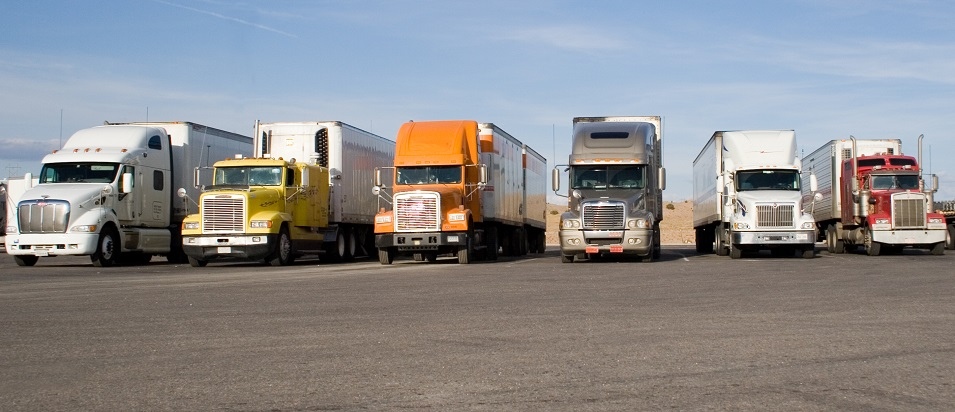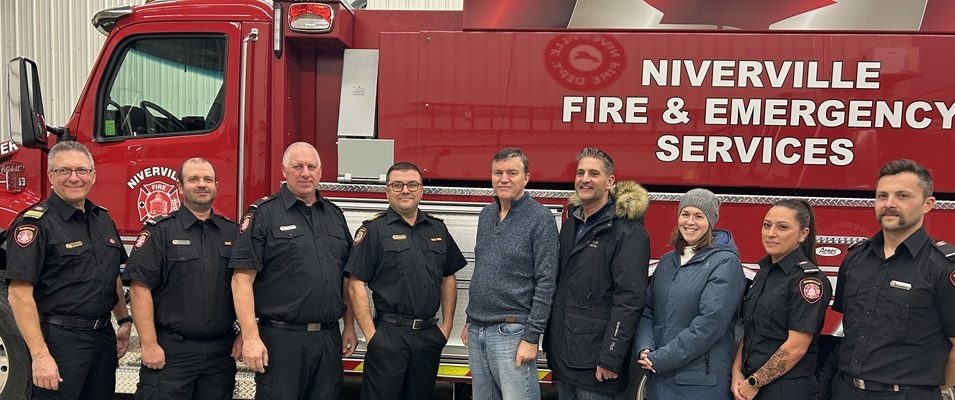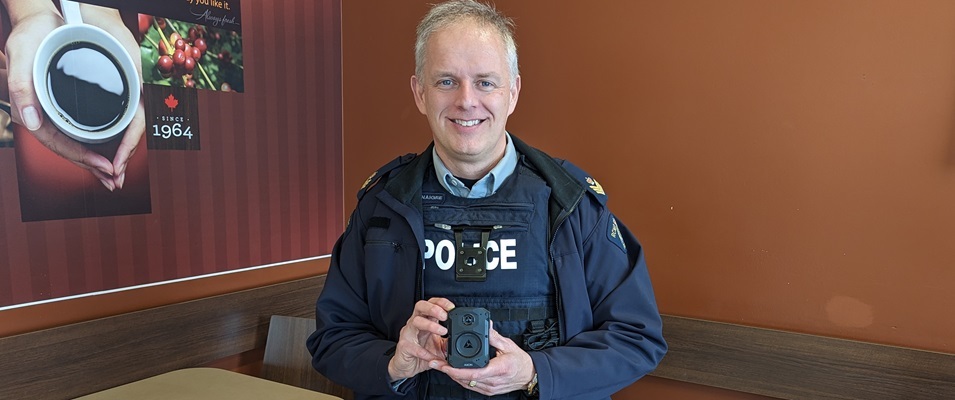
In an ongoing effort to reduce carbon-created greenhouse gas (GHG) emissions by 2030, the federal government has partnered with Manitoba to help support fuel-saving efforts in the province’s trucking industry.
Nearly $7 million in rebates are being offered this year to applicants willing to retrofit their rigs with fuel-saving devices and technologies.
According to the provincial government, the funding has the potential to reduce fuel consumption by 51 million litres a year, amounting to approximately 120,000 tonnes of GHG emissions.
The rebates, channelled through the Efficient Trucking Program, provide up to a 50 percent refund on the installation of low rolling resistance tires and technologies that improve aerodynamics and help minimize the need for engine idling.
Industry Already Making Big Strides
Ryan Scheurer of Upper Deck Transport in Ste. Agathe is becoming very familiar with new emission-reduction technologies. He not only helps manage the family-owned trucking business but is also a heavy-duty mechanic trained by Cummins Inc., an innovative multinational engine company.
To round out his trucking expertise, he also heads out on long-distance hauls when needed.
Scheurer says the trucking industry has made some pretty big strides in the past 13 years.
“Almost all of the new trucks have emissions systems that bring them to near zero emissions,” Scheurer says. “The emissions that come out of their tailpipe are better than the emissions that come out of a car, and these are 80,000-pound units that are running down the highway bringing you your groceries. So they are quite good.”
In 2010, he says, all newly manufactured heavy-duty trucks were required to come equipped with an exhaust after-treatment system (EATS). The highly technical system is comprised of a special filter that captures carbon and other unburned particulates within the exhaust. From there, the gasses pass through a second system which virtually eliminates the gasses that cause air pollution.
But the system isn’t cheap and it’s not without problems.
“These systems are like $12,000 to replace and they can give you lots of headaches,” Scheurer says. “The sensors and all this extra stuff they have to put on the engine to meet compliance, you have to have full warranty and you pay big money for that. Like upwards of $10,000. And you don’t want to keep a truck after it’s off-warranty because it could be nothing but problems.”
For this reason, he says, smaller trucking and farm operations are more likely to try and keep their older diesel trucks running longer. There’s no easy solution, he adds, apart from doing what California has done and completely banning vehicles built before 2010.
This, he says, would affect about 30 percent of the heavy-duty trucks on the road, which would kill a lot of small industry. He hopes it doesn’t come to that.
A Lot More Can Be Done
While converting harmful GHG emissions into non-polluting gasses is important, it’s not the only answer. Finding ways to reduce the exorbitant amount of fuel consumed by the trucking industry is also imperative.
“The fuel going in is [equivalent to] the emissions coming out,” Scheurer says.
And one of the most wasteful uses of fuel is the act of idling the engine, which on a long-haul vehicle happens during a good portion of the day while on the road.
For many big rigs, the engine runs the A/C and heat. Idling the engine is the only way for a trucker to maintain a good ambient temperature while they sleep or wait at border crossings.
“It’s the creature comforts, when you live in a truck it needs to be comfortable,” says Scheurer. “When it’s 30 degrees outside, it gets up to 45 degrees in the truck.”
During the winter months, idling also becomes imperative in order to prevent an engine no-start due to cold temperatures. According to Scheurer, that becomes necessary when temperatures hit night-time lows of -10ºC.
When it’s idling, the average truck consumes 3.5 litres of fuel per hour. In winter, it can be upwards of 5.5 litres per hour. That equates to around $50 to $75 per night.
As well, diesel engines aren’t built for idling, and neither are the expensive EATS.
“The problem is, when you idle a truck, you get lots of unburned hydrocarbons and emissions, soot and ash, and that plugs up the [EATS] filter,” Scheurer says.
To compensate, the engine performs a filter cleaning through the creation of extremely high heat.
“If you’re idling your truck so much, you’re constantly doing this [cleaning], which is degrading the after-system and can cost you big dollars. And you’re using lots of fuel to do that.”
For this reason, more and more trucks are being equipped with auxiliary power units (APUs) similar to the generators found on large camping units.
These are among the anti-idling technologies supported through the government initiative.
According to Scheurer, the fuel-powered version of the APU uses about $10 of fuel per hour, down from the $50 used by the engine during idle.
“So after the government pays out this rebate, you can have a payment of about $200 per month to cover this APU off,” he says. “Five days of not idling your truck and you’ve paid off your monthly payment.”
As far as Scheurer is aware, though, APUs don’t have any built-in emission systems to protect the environment.
The Future of Alternative Energies in Trucking
According to Scheurer, a lot of short-haul fleets doing last-mile deliveries are switching to natural gas engines.
“The start and stop traffic is a huge problem with diesel engines, because to get up to the diesel’s efficiency you have to rev up the engine. You see when trucks leave the lights, there’s a little bit of black smoke [from the exhaust]. Natural gas trucks are quite a bit cleaner running.”
Someday, he says, these vehicles could all conceivably run on electricity.
“I would like to see that all go electric,” Scheurer says. “I think that’s a possibility [we might see in the future]. But for highway trucks going long distances, that’s not an option right now. The technology in my opinion is lacking and we haven’t figured it all out yet.”
There are a number of reasons for that, he says, not the least of which is the lack of charging infrastructure spanning the continent.
But it’s the battery technology, too, that just doesn’t support long-distance hauls without frequent stops. Even if there were regular charge stations along the way, charging the batteries takes hours compared to the minutes it takes to fuel up.
Time lost is revenue lost and a complete slowdown of the movement of goods from place to place.
Still, Scheurer is optimistic that good change is happening, if not as fast as some would like.
“It seems like there’s tons of money going into a lot of [environmentally-friendly technology] right now and it’s going to be interesting to see what they throw at the wall and what sticks. There’s so many [options] to play with. But to be honest, I don’t see diesel trucks going anywhere for at least another 30 to 40 years.”



















